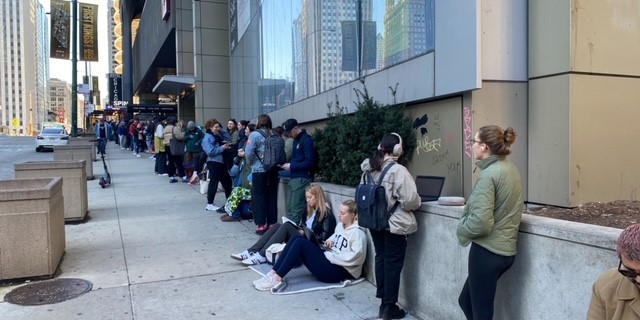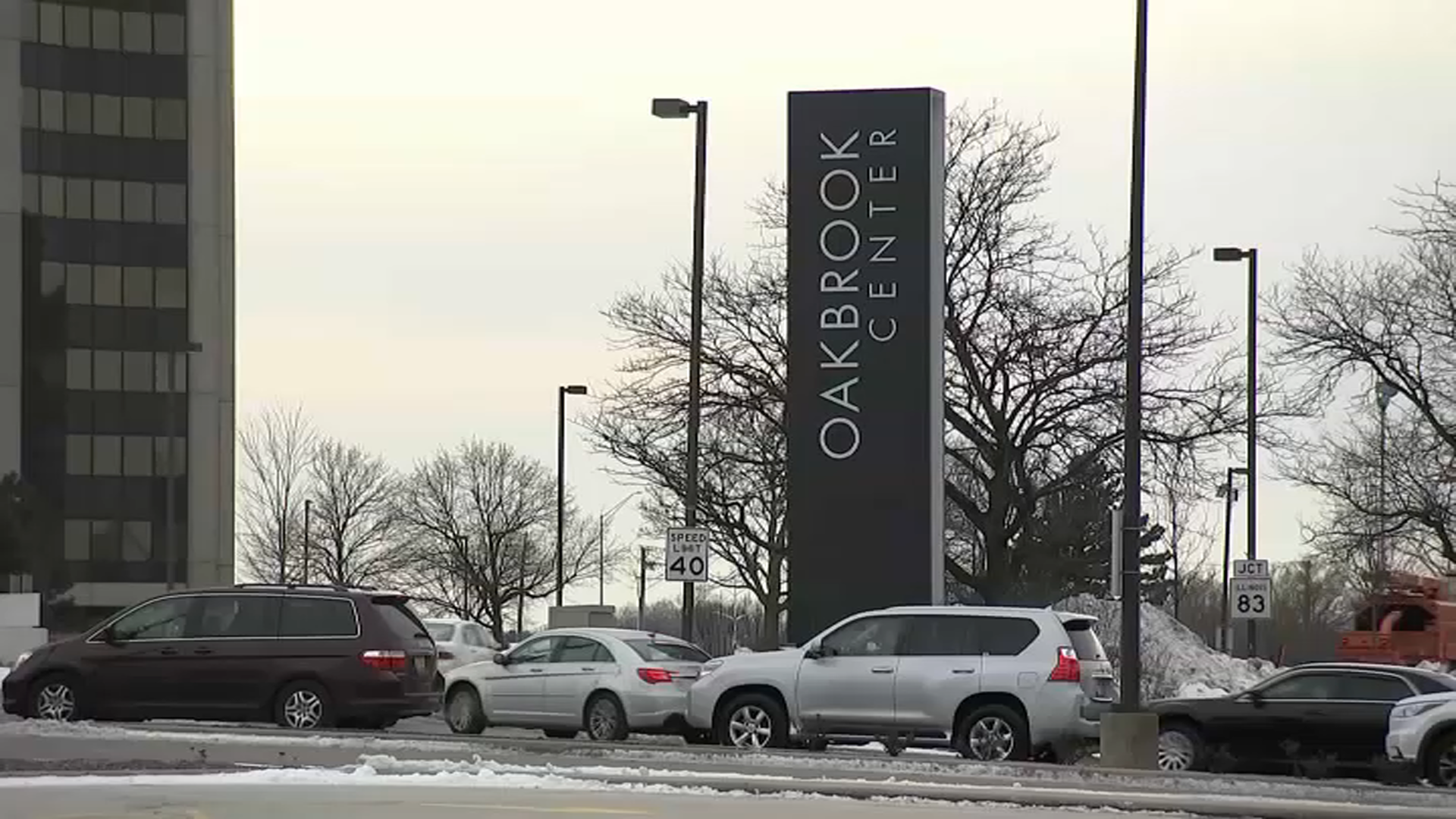A longstanding national dispute about how police treat suspects they have shot has flared anew in Chicago.
The U.S. Justice Department says in a recently-released report, Chicago officers should be required to give medical treatment to suspects shot by police. Currently, officers are only required to call for a Fire Department ambulance.
“There is a significant time lag, whether it’s two or three or four minutes, from the time the police call the firemen until the time they arrive,” says attorney Victor Henderson. “That three or four minute difference can be the difference between life and death.”
Henderson represented the family of 23 year old Jamaal Moore, who was shot following a police chase on Chicago’s south side. Moore was unarmed, and after the shooting police were seen standing over him as he lay dying, but offering no apparent aid.
“They’re just there like, we caught a deer or something,” said Moore’s mother Gwendolyn Moore. “They’re happy and they’re excited about it because they were smiling, and my son is lying on the ground, and you could clearly see that he was alive.”
By the time the Fire Department arrived and Moore was transported to a hospital, he was dead.
“I believe Jamaal would be alive,” his mother told NBC5 Investigates. “If he would have gotten the medical attention that he needed at that time, in a timely manner, to this day I believe he would be alive and raising his four year old son.”
Local
The Moore case was not an isolated incident. Rather, it was a reflection of longstanding departmental policy. But the prevalence of videos, some released by the city’s own investigative agency, have brought that policy into focus.
Last summer, officers shot an unarmed auto theft suspect named Paul O’Neal. O’Neal rammed a squad car and fled on foot into a residential area, where he was shot. Body cam videos from the many officers on the scene show some checking each other for injuries, but do not show any offering medical treatment to O’Neal.
“There is a human being who’s laying on the ground who needs to be helped,” Henderson said. “And they should do everything they can to help that person, short of putting themselves in danger.”
The Justice Department agrees. In their scathing report on the Chicago Police Department’s use of force, released earlier this month, investigators said CPD should “equip officers with appropriate first-aid supplies, train them in their use…and require officers to render aid to injured persons, consistent with the officer’s training.”
Chicago Police officials indicate that just such a policy is ready to be rolled out. A new use-of-force model, which is due to be introduced within weeks, will carry a so-called “sanctity of life” section, where officers are told that “Department members will also offer medical aid, commensurate with their training, experience, and available equipment.”
But Chicago’s Police union chief believes that directive leaves many unanswered questions.
“People want the police officers to be jacks of all trades,” said Dean Angelo, president of Fraternal Order of Police Lodge 7. “They want us to do everything!”
Angelo expressed reservations about what kind of training his members will receive.
“It can’t be a streaming video where you sit at roll call, you watch the tape, you grab your first aid pouch and you get in your squad car,” he said. “You need almost a 40 hour bloc to be proficient on those pouches.”
Angelo also suggested there could be liability issues. And he cautioned that just because a suspect is down, it doesn’t mean a situation is under control and medical care can always begin.
“You find a gun—you continue to search for another gun,” he said. “It could be a decision which determines whether you go home safely.”
A Chicago police spokesman said liability is not an issue—officers are already indemnified for their official actions. And he said thousands of officers, at least 3500 to be precise, have already gone through the course known as “LEMART”, Law Enforcement Medical and Rescue Training.
For her part, Gwendolyn Moore said she believes those concerns beg a larger question.
“You see a person in distress and you automatically want to assist them in any way you can because that’s part of being human, part of caring about mankind and humanity,” she said. “That’s what we do!”



